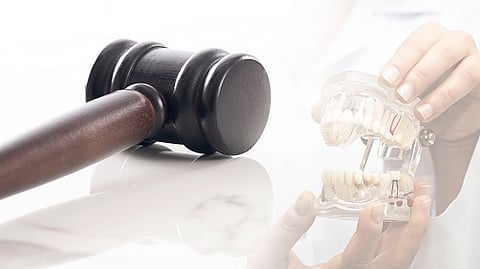The Nazi leader, Adolf Hitler, and his wife, Eva Barun, were discovered dead by Russian soldiers near the end of World War II. But rumors circulated that Hitler didn't die and escaped with his wife. The fact is that he died, and the Russian soldiers burned and buried his body. However, while examining the body, a bridge with a special design was found on the jaw that indicated periodontal disease. When this was compared with the dental records of Hitler's dentist, they matched. Hence, dental analysis played an important role in confirming Hitler's death.
Forensic odontology, or forensic dentistry, is a field that applies dental evidence to aid in the investigation process. A forensic odontologist is a specially trained dentist who uses dental analysis to provide information to the forensic team.
What are the duties of a forensic odontologist?
To identify unknown human remains
To estimate the age of living or dead persons
To detect the gender of human skeletal remains
To analyze bite marks
To assist in the identification of the deceased in mass disasters
To appear as an expert witness in court and present evidence
Age estimation
If the deceased was under the age of 18, his or her age can be estimated by examining their dentition. Each deciduous and permanent tooth erupts at a specific age in the oral cavity. So by comparing the normal eruption pattern with the teeth that erupted in the oral cavity of the deceased, a forensic dentist can easily estimate the ages of deceased children and adolescents. If the deceased is an adult, the dentition cannot provide information on age. However, the translucency of the tooth root and tooth wear increase with age. But, this method cannot provide accurate age results. Recent technologies in forensic dentistry for precise age estimation are;
Sex determination
The shape and size of the crown of a tooth and the length of the tooth root vary in males and females. The tooth morphology and the craniofacial patterns help determine the gender of a deceased individual when only skeletal remains are left.


